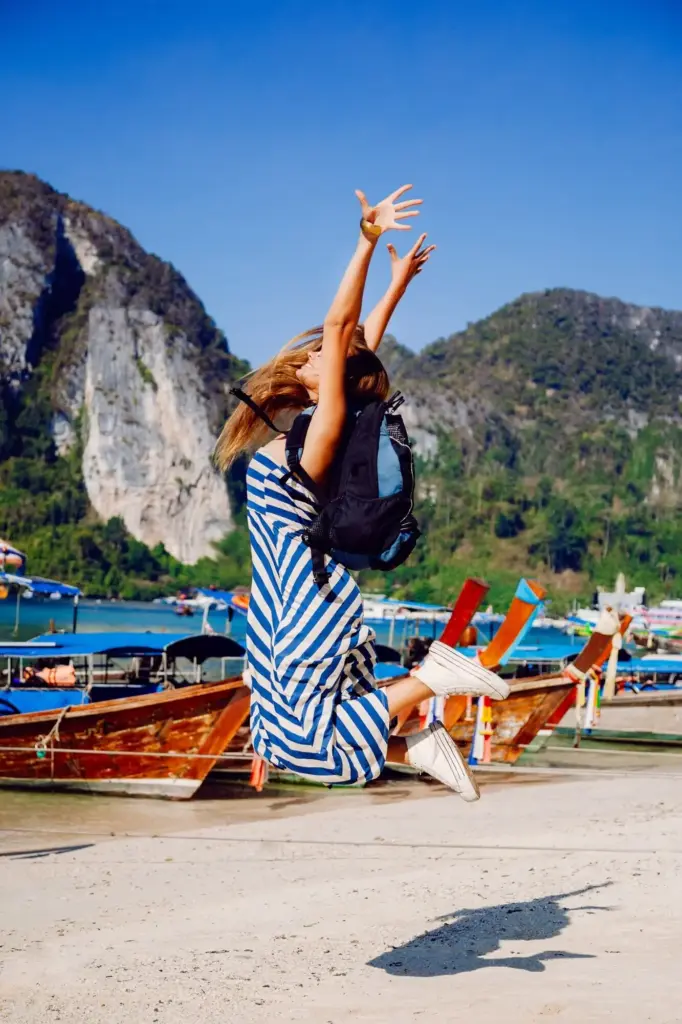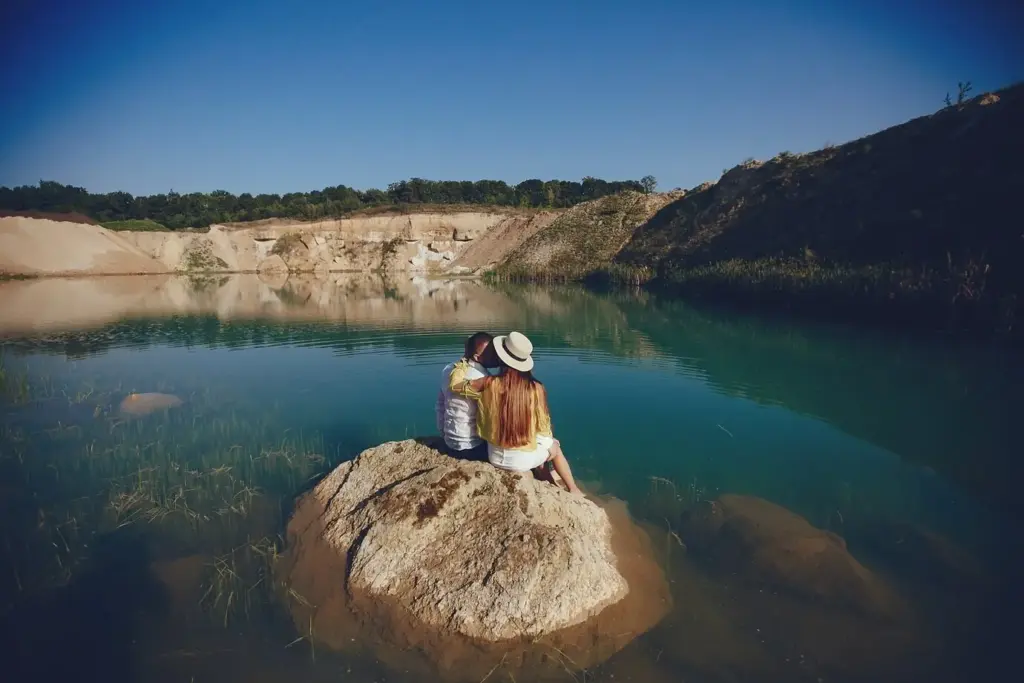Wild Places, Gentle Steps: Exploring Canada with Care
Trails That Tread Lightly
Gear for Low-Impact Journeys
Pack light, pack durable
Repair, rent, and share
Food systems that leave nothing behind
Campfires, Campsites, and Carbon


Efficient camp kitchens
Fuel-efficient systems boil quickly, sip gas or alcohol, and all but eliminate sooty scars. Wind screens, lids, and thoughtful menus reduce both fuel and stress. Cooking early avoids nocturnal wildlife activity near camp, while group potlucks consolidate burners, lighten packs, and turn meals into cozy rituals that rely on cooperation.


Sleeping low on the land
Choose existing pads in designated sites, pitch on rock, sand, or snow when appropriate, and keep tents off delicate vegetation. Skip trenching and furniture building. A cold camp—no fire, minimal lights, muted voices—lets stars, owls, and wind speak freely, reminding everyone that silence can be the richest soundtrack available.
Indigenous Knowledge and Respectful Travel




Wildlife Encounters Without Harm
Winter, Shoulder Seasons, and Quiet Discoveries
Travel on snow with minimal impact
Frozen surfaces can protect soils and plants when snow is deep enough to cover vegetation. Stay on consolidated tracks to avoid postholing that tears fragile layers. Choose waxes and skins thoughtfully, dust off gear outdoors, and carry insulated bottles so warm drinks replace tempting but wasteful single-use containers.
Avalanche safety and environmental choices
Evaluate slope angle, aspect, and recent wind loading; travel one at a time across suspect terrain. Avalanche education pairs naturally with environmental care, because choosing safer routes also minimizes stress on wintering animals. Share observations with local bulletins, contributing to a community safety net that respects place and people.
Hot drinks, cold ethics
Dress in breathable layers, pack thermoses, and build evening rituals that favor body heat and shared conversation over big fires or blazing lanterns. Cold creates clarity: the crunch underfoot, the constellations overhead, and the quiet inside a good sleeping bag teach that comfort and restraint can happily coexist.
Community, Volunteering, and Citizen Science



